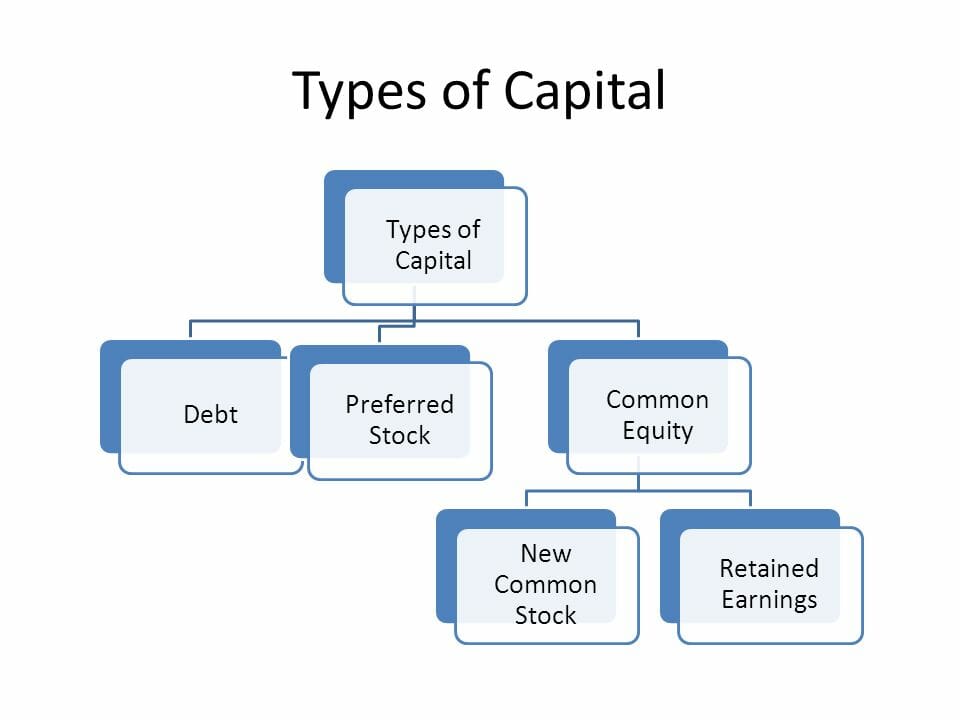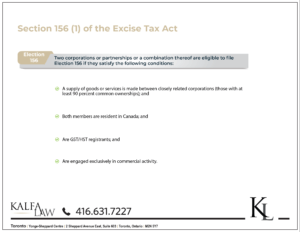Paid-Up-Capital and Stated Capital – How these Concepts can be used in Advanced Tax Planning
What is the Paid-Up-Capital and Stated Capital of a corporation and how can I use these concepts to tax plan and save money? We’ve got your answers.
What is a Stated Capital Account?
A corporation’s Stated Capital Account is a notional account a corporation must maintain for each class and series of issued shares. Simply speaking, the Stated Capital Account represents the consideration or payment received by the corporation from its shareholders in exchange for the issuance of its shares.

For example, if a shareholder subscribes for and purchases 100 common shares in a corporation’s capital, and each share is purchased for $1.00, then the shareholder will pay $100 into the Stated Capital Account and the PUC per share will be $1.00. However, if the corporation thereafter takes on 200 new investors for an investment of $20,000, then the PUC per share will increase to $67.00 ($20,100 / 300). The original investors who started with a PUC of $100 for 100 shares would then have a total PUC of $6,700.
Different from Other Pools of Income
The Stated Capital Account is distinct from other pools or accounts within the financials of a corporation such as the capital dividend account, the general rate income pool or low rate income pool. It is also distinct from retained earnings or contributed surplus. The Stated Capital Account is a concept under corporate law, being the relevant Ontario Business Corporations Act (OBCA) or Canada Business Corporations Act (CBCA) as the case may be depending on the incorporating jurisdiction.
Difference between Stated Capital and Paid-up-Capital
The Stated Capital Account holds the corporation’s Paid-Up-Capital (PUC). While these two are related concepts, they are not the same. Paid-Up-Capital or PUC is a concept under the federal Income Tax Act (ITA). PUC is the precise amount a shareholder pays for his or her shares. Generally speaking, PUC can be returned to shareholders free of tax (including Part XIII withholding tax), whereas other distributions of capital are taxable as either a dividend or a taxable shareholder benefit. In the example above, the increase of the PUC to $6,700 was great for initial shareholders but not so advantageous for the investors who now must split their tax free return of capital. For this reason, private corporations will typically utilize a new class of shares for each new investment or issuance to keep the PUC reflective of its purchase price to each shareholder.
The determination of PUC starts with the Stated Capital Account. The PUC can be less than the account, but never more.
How these Figures can Diverge

So, how is it possible that PUC represents the amount paid by shareholders into the corporation in exchange for shares, and the Stated Capital Account represents the amount received by the corporation for the issuance of its shares – yet these two figures can be different?
Increases to Stated Capital
The Stated Capital Account can increase to a figure larger than the PUC under certain circumstances. For example, the Stated Capital Account will increase where shares are issued to a shareholder in exchange for a non-cash consideration in non-arms length transactions such as a transfer of property into the corporation under a section 85 rollover. An increase to the Stated Capital Account will also occur by the corporation issuing a stock dividend, being a dividend payment made in the form of additional shares, rather than a cash payout. Under the OBCA, a corporation may add all or part of the value of those shares to the Stated Capital Account for the class of shares issued in payment of the dividend (under subsection 43(2). A corporation may also add to its Stated Capital Account any amount it has credited to other surplus accounts. Increases in stated capital sourced from contributed surplus may facilitate a tax-free return of capital if strategically used between a holding corporation and its subsidiary operating corporation.

Finally, a corporation under subsection 26(3) of the CBCA is permitted, in certain non-arm’s length transactions and pursuant to certain amalgamation agreements, to add to stated capital an amount that is less than the consideration received for the shares issued pursuant to the transaction. The provision under the CBCA allows for the issuance of “high-low shares,” which are shares that have a low PUC but high redemption amount. High-low shares are often used for tax purposes to convert what would have been a capital gain into a deemed dividend, as dividends are generally received tax free between Canadian corporations.
Reductions from Stated Capital
Reductions from stated capital may occur under subsection 38(1) of the CBCA for the purpose of reducing or extinguishing liabilities in respect of an amount unpaid on any share, making a distribution to a shareholder, or reducing the stated capital by an amount that is not represented by realizable assets. When a corporation purchases or redeems its own shares, the corporation must reduce its stated capital for the particular class or series of shares being redeemed on a pro-rata basis. The distribution or deemed dividend to the shareholder from the Stated Capital Account will flow to the shareholder tax-free.
Other PUC-in-play Transactions
Paid-Up-Capital also comes into play in various corporation reorganizations. When conducting a section 85 tax neutral transfer of property, s.85(2.1) of the Income Tax Act (ITA) limits the PUC of the new shares to that of the adjusted cost base (ACB) of the property transferred in. In this way, the ACB value, which is now the new PUC value, can be distributed back to the shareholder tax free. PUC is also limited on section 86 share exchanges where the ITA requires the PUC of the new converted shares to be kept down to the PUC of the prior shares. Under s.87(3) of the ITA concerning amalgamations, the ITA aggregates the PUC of the amalgamating corporations so that the actual PUC from the predecessor corporations remains consistent in the new amalco (corporation resulting from the amalgamation).
Tax Planning using PUC
As we have seen, the PUC and the Stated Capital Account may begin from the same number but can diverge in a number of circumstances. Reductions or increases to the Stated Capital Account can be a useful tax planning tool as the distribution from PUC is one of the few distributions from a corporation that occurs on a tax free or tax neutral basis. For these reason, knowing how to manipulate the PUC in the context of various transactions can create a host of beneficial tax opportunities.
Contact us today for more information on tax planning using your corporations PUC and stated capital account.
F.A.Q’s:
-Shira Kalfa, BA, JD, Partner and Founder
Shira Kalfa is the founding partner of Kalfa Law Firm. Shira’s practice is focused in corporate-commercial and tax law including corporate reorganizations, corporate restructuring, mergers and acquisitions, commercial financing, secured lending and transactional law. Shira graduated from York University achieving the highest academic accolade of Summa Cum Laude in 2012. She graduated from Western Law in 2015, with a specialization in business law. Shira is licensed to practice by the Law Society of Ontario. She is also a member of the Ontario Bar Association, the Canadian Tax Foundation, Women’s Law Association of Ontario, and the Toronto Jewish Law Society.
© Kalfa Law 2020
The above provides information of a general nature only. This does not constitute legal advice. All transactions or circumstances vary, and specified legal advice is required to meet your particular needs. If you have a legal question you should consult with a lawyer.















